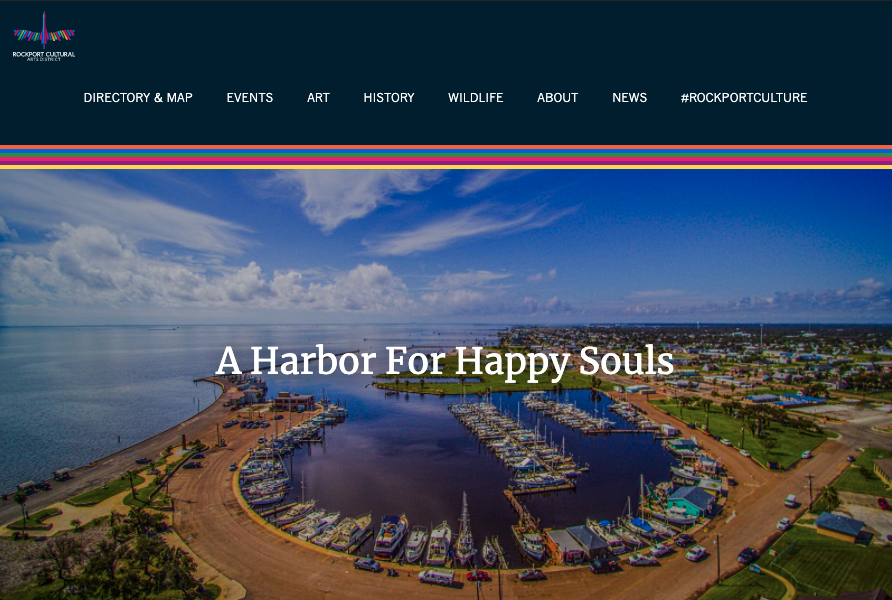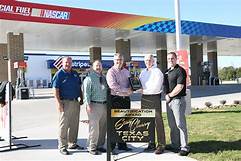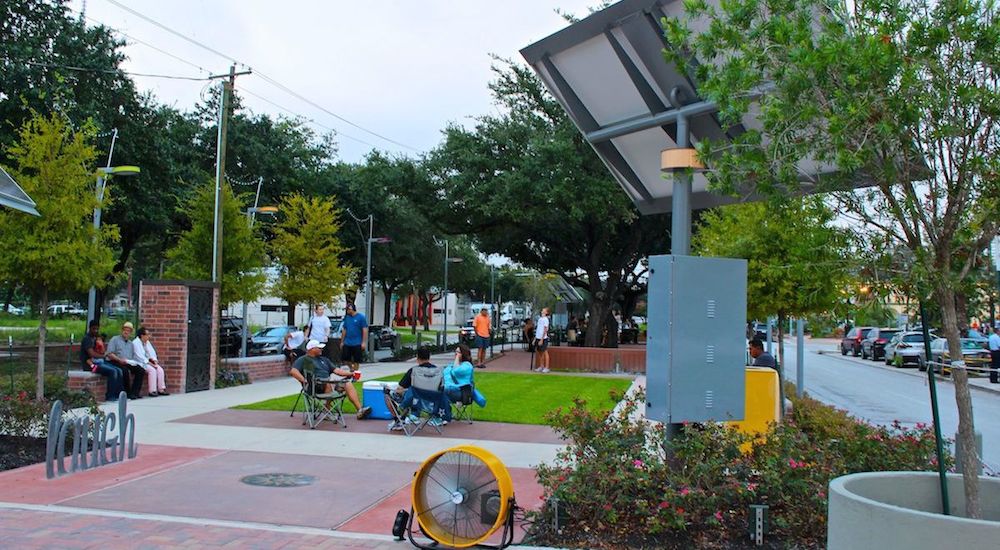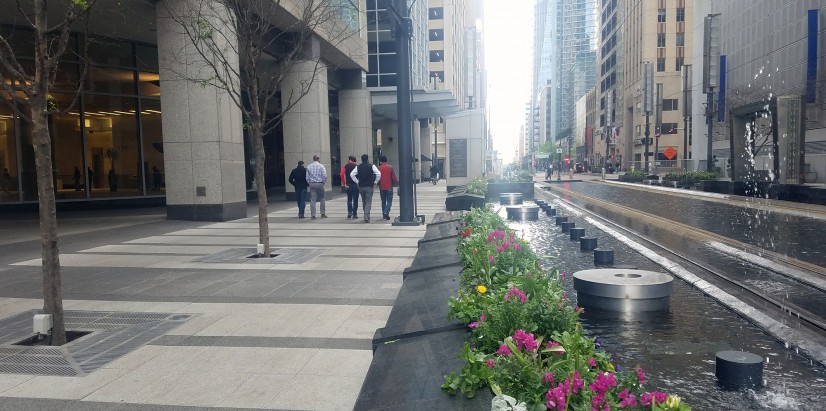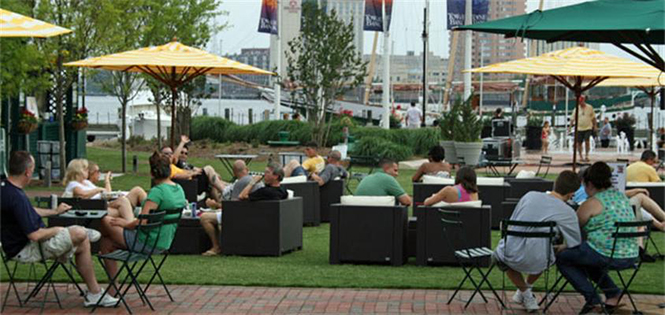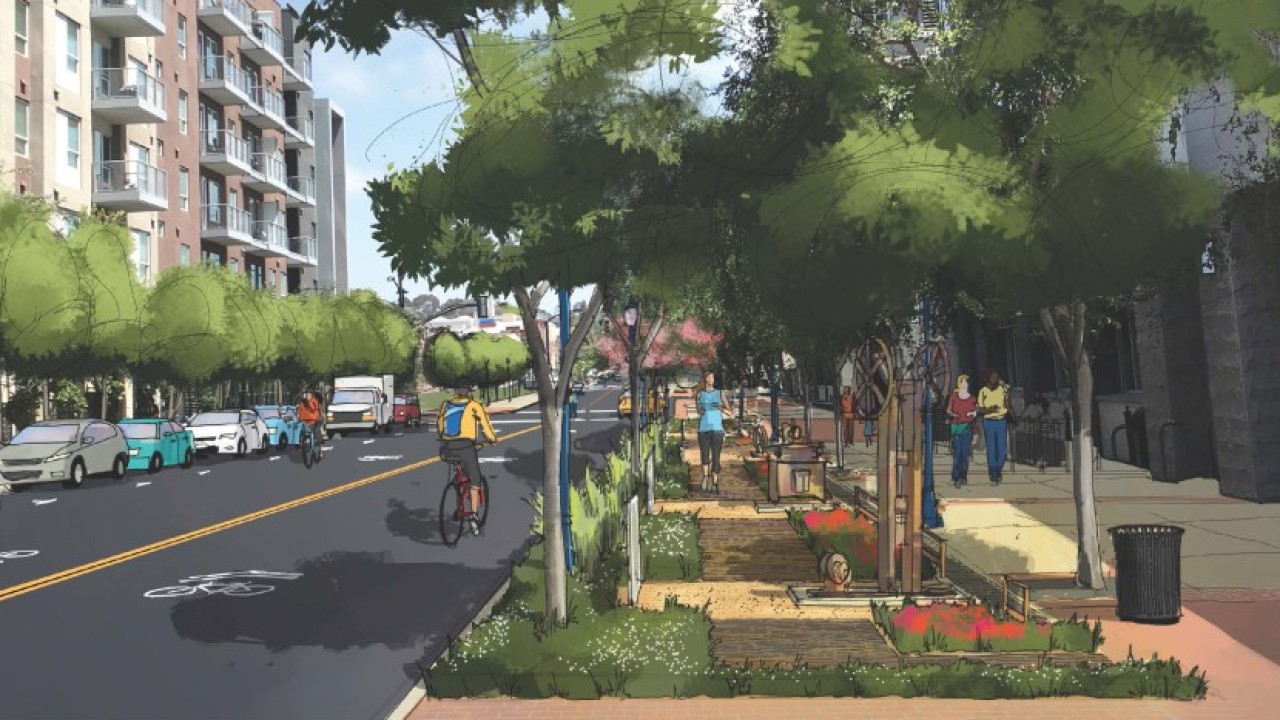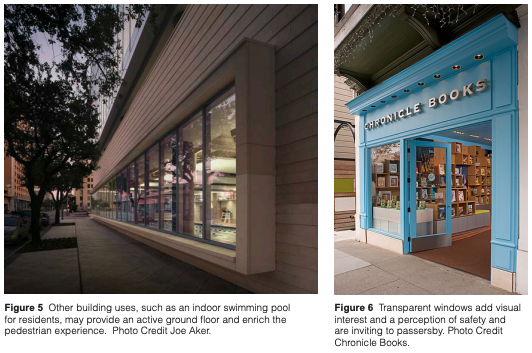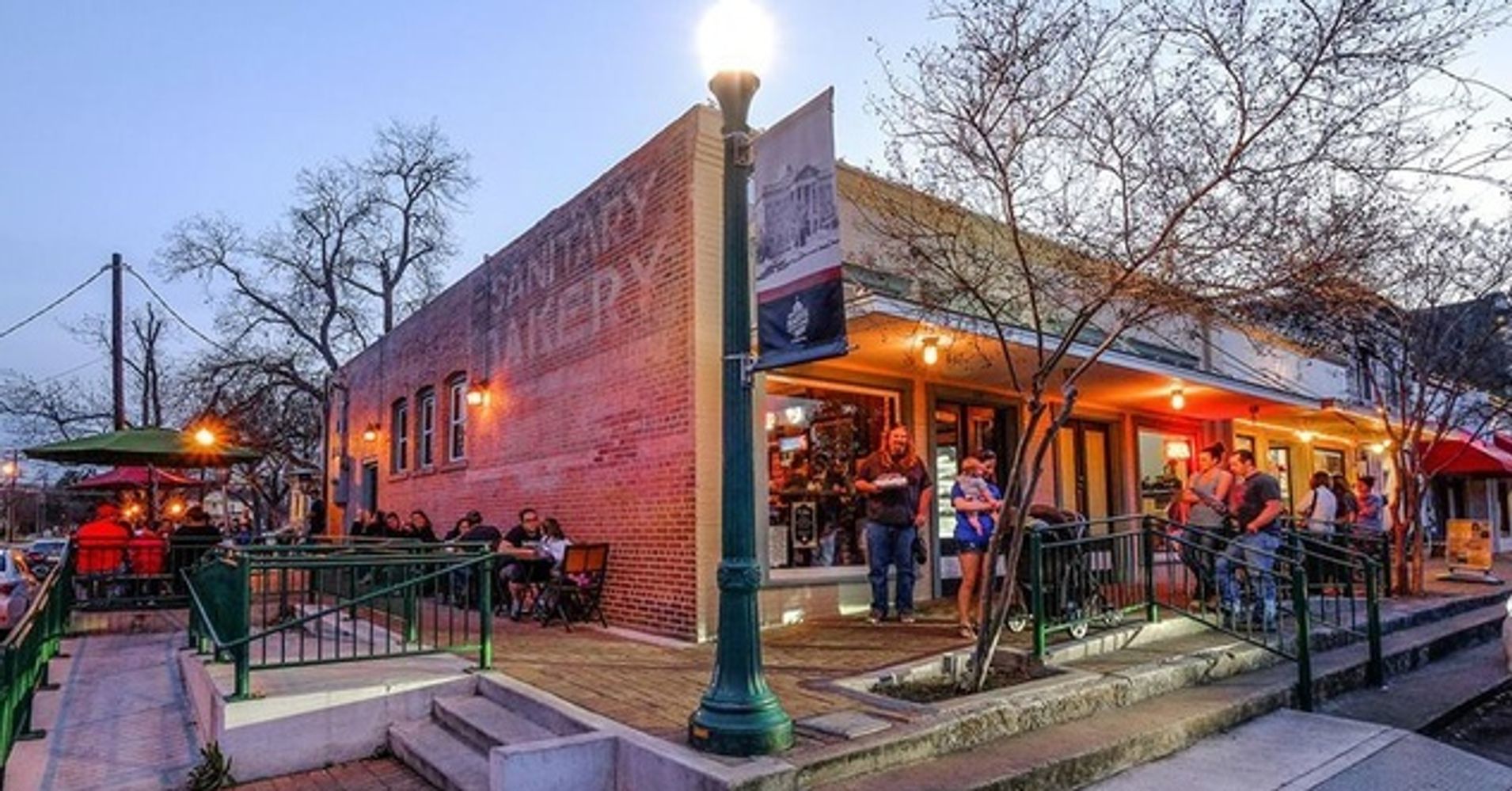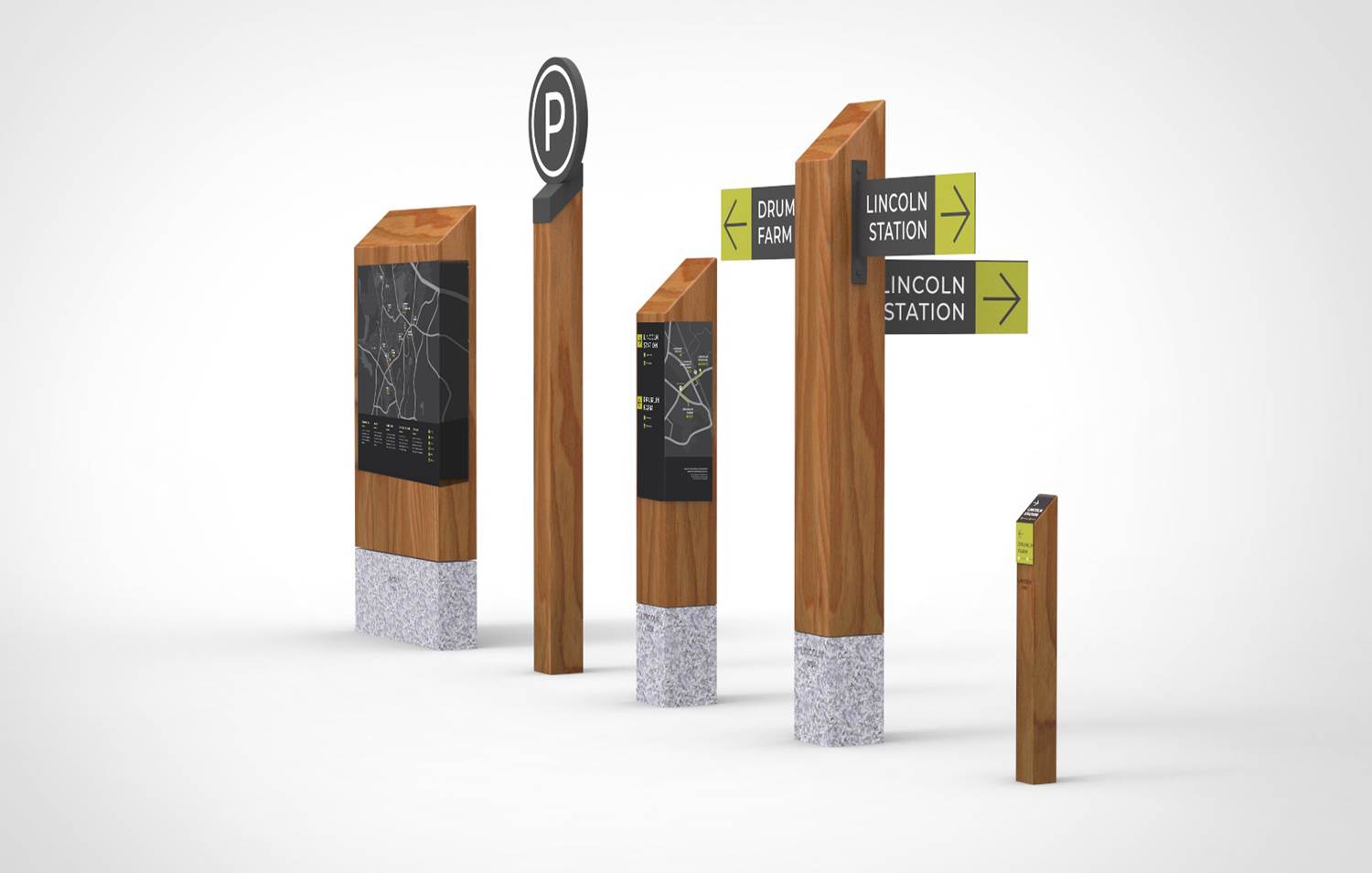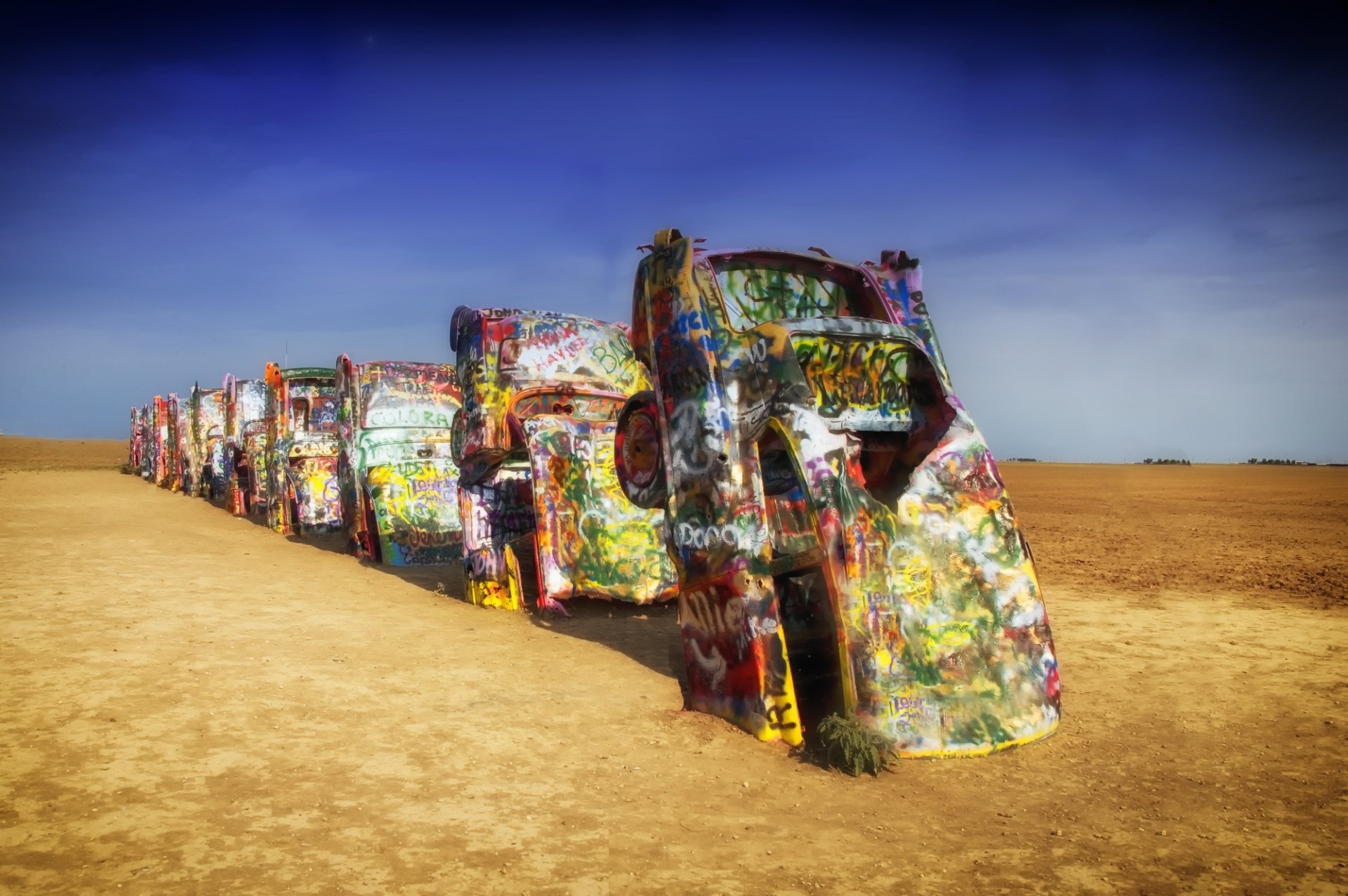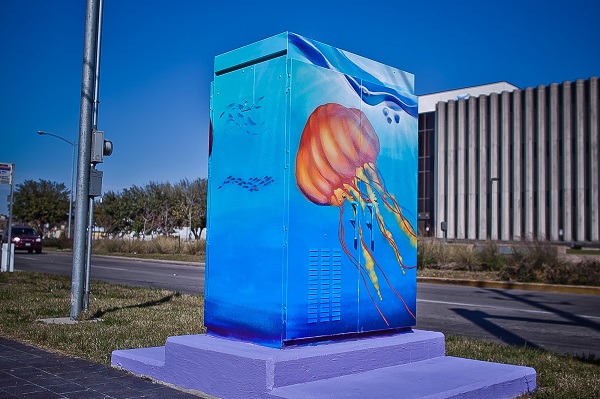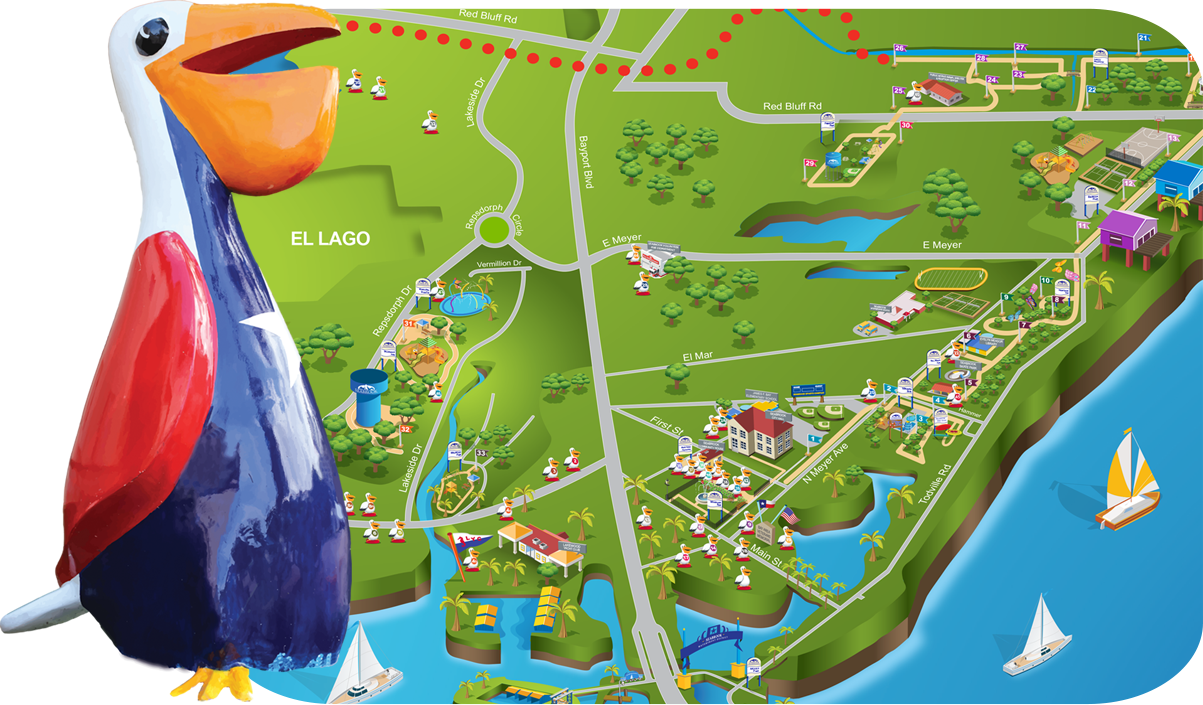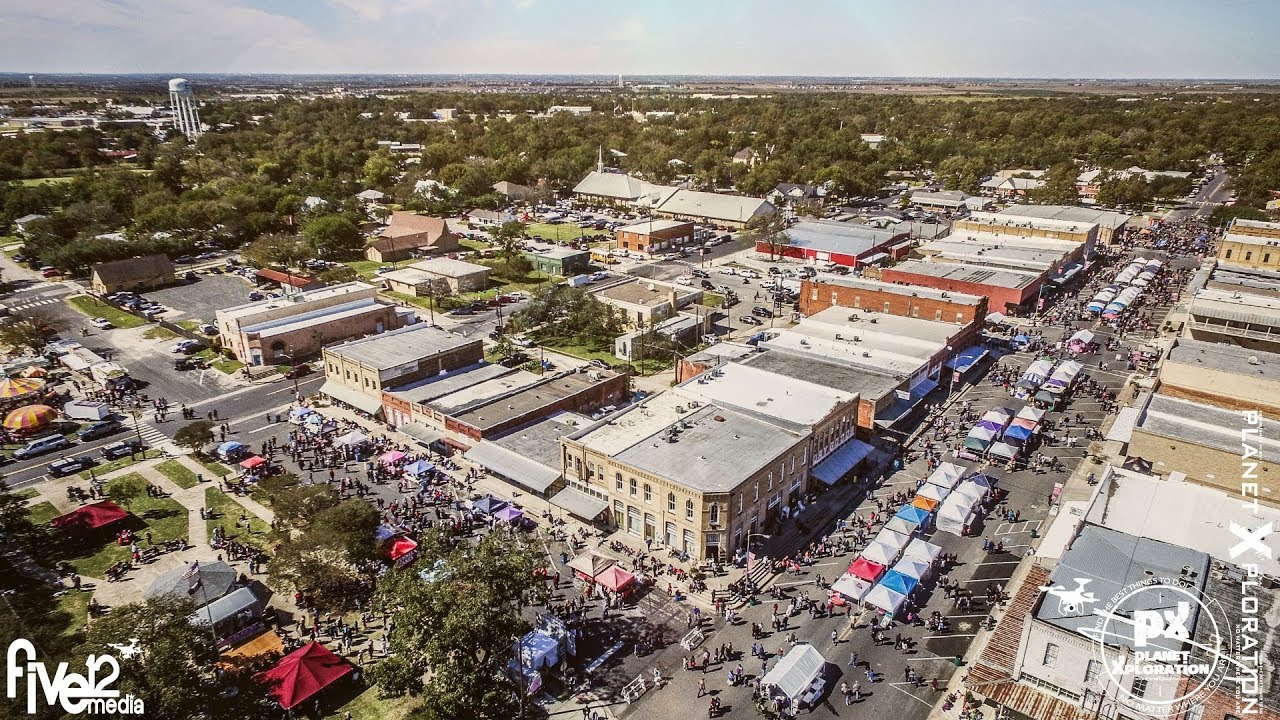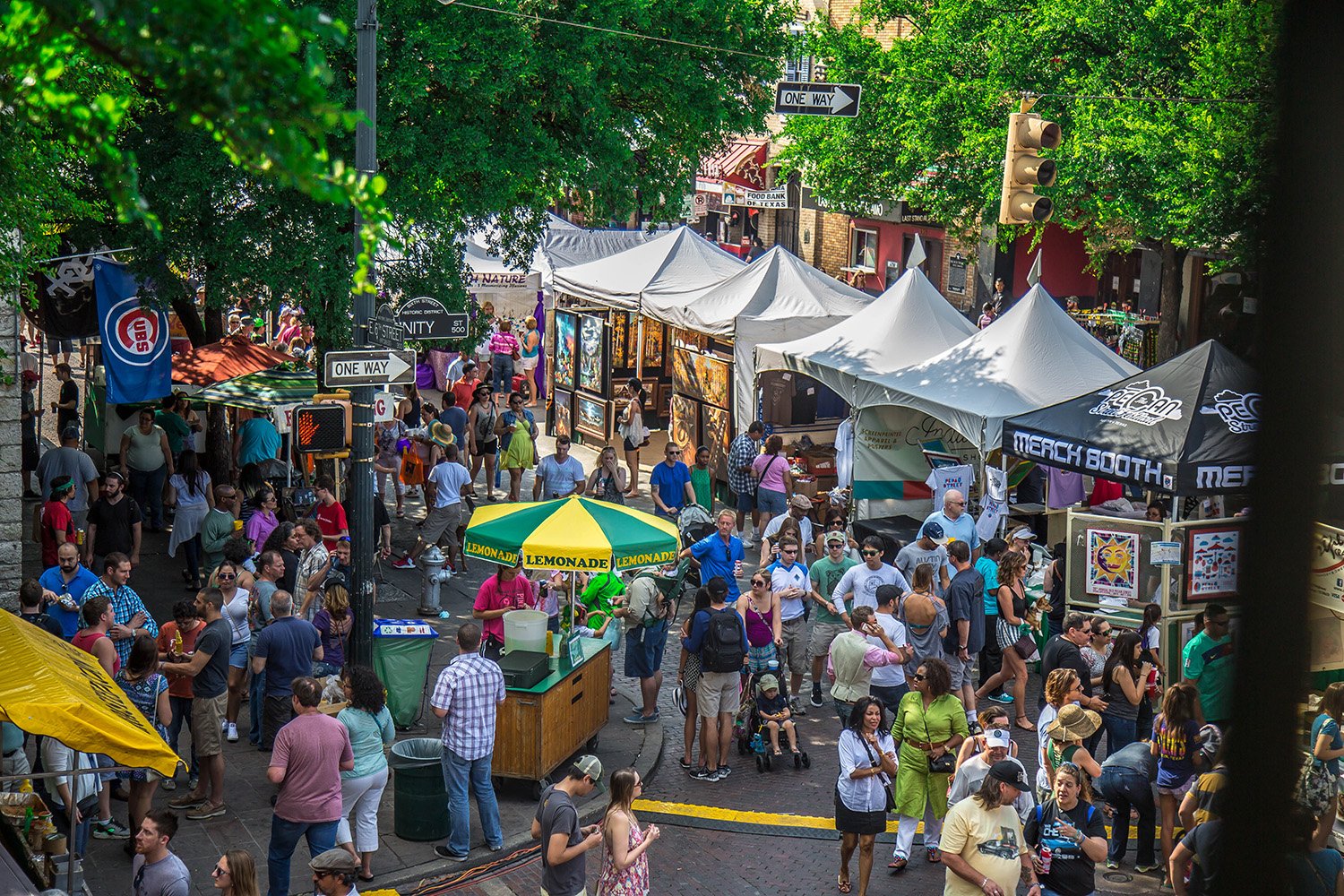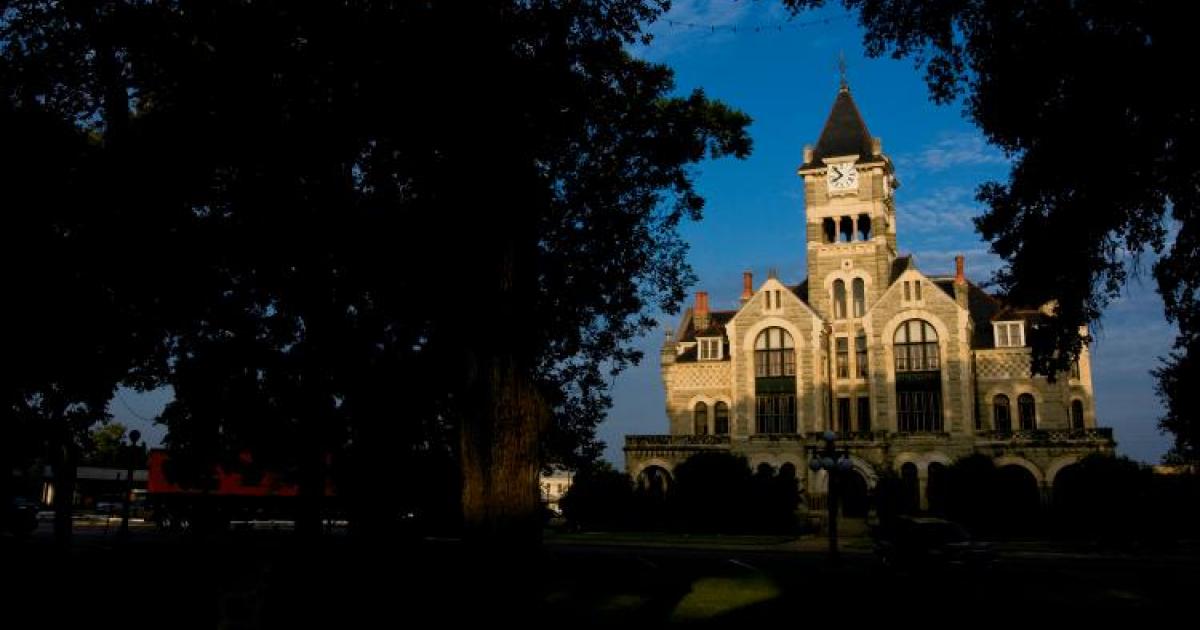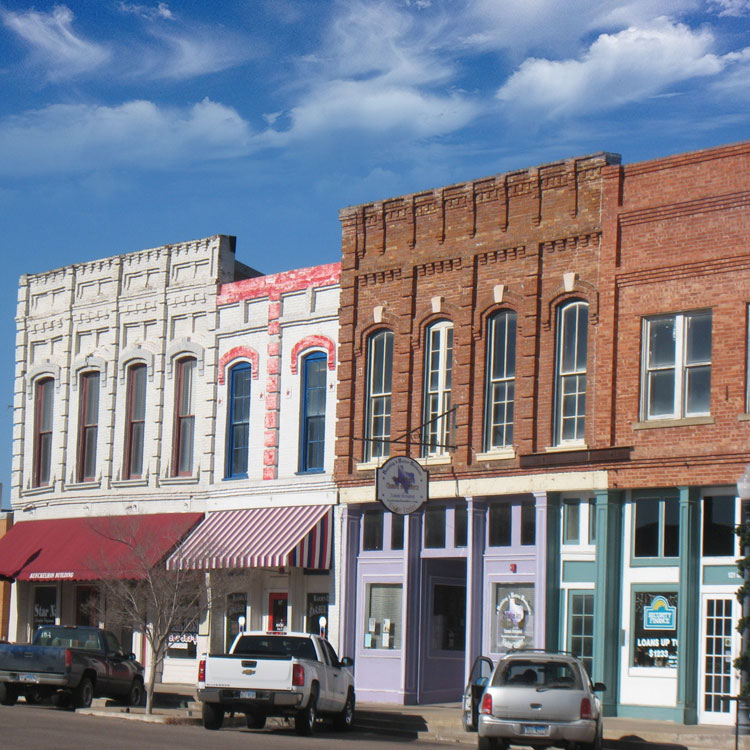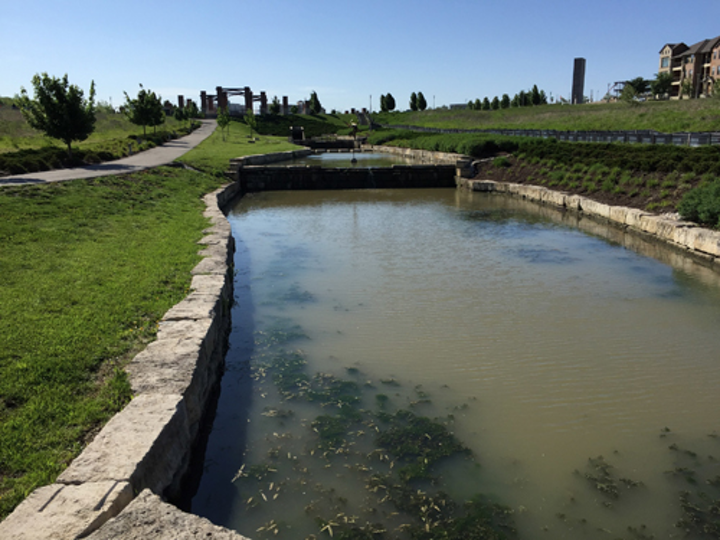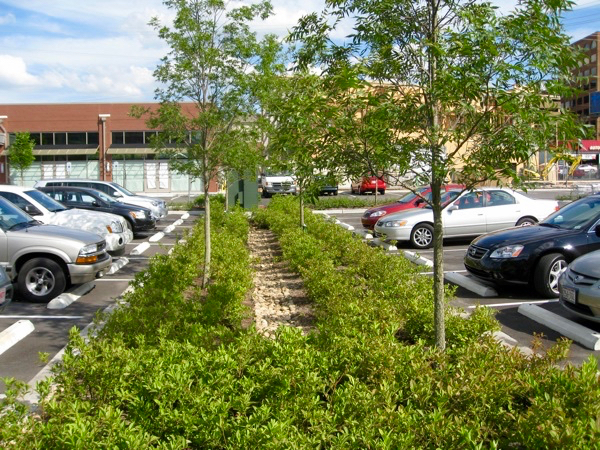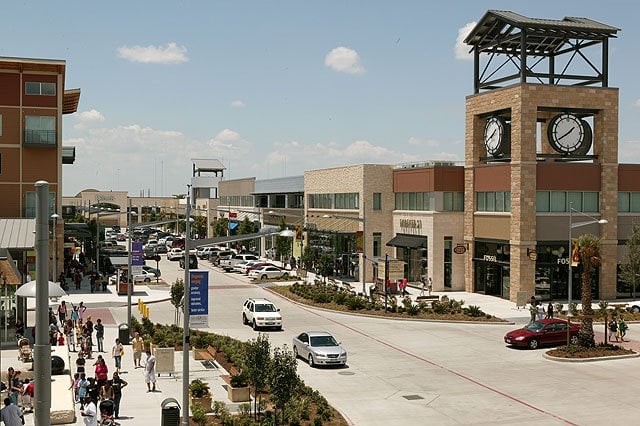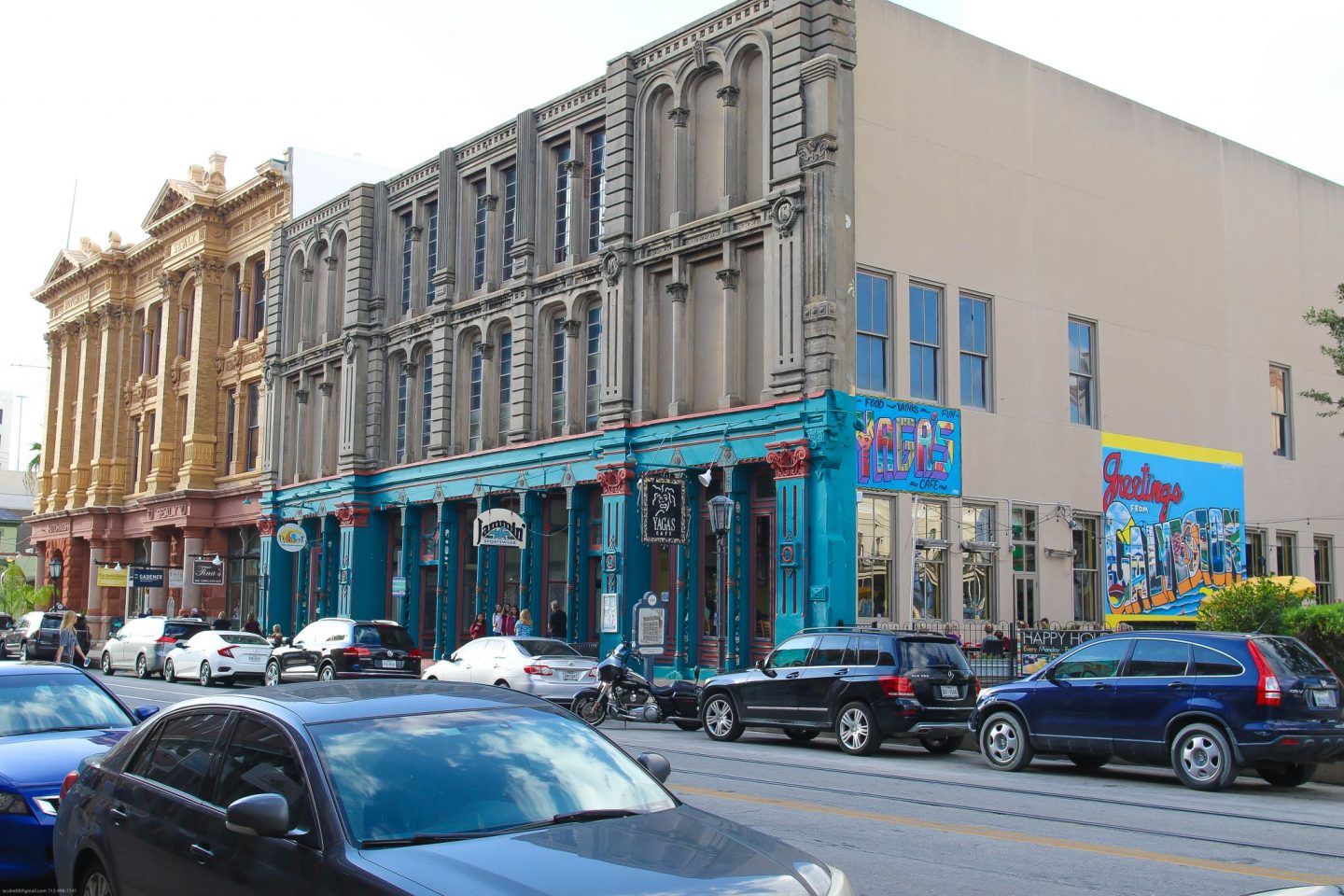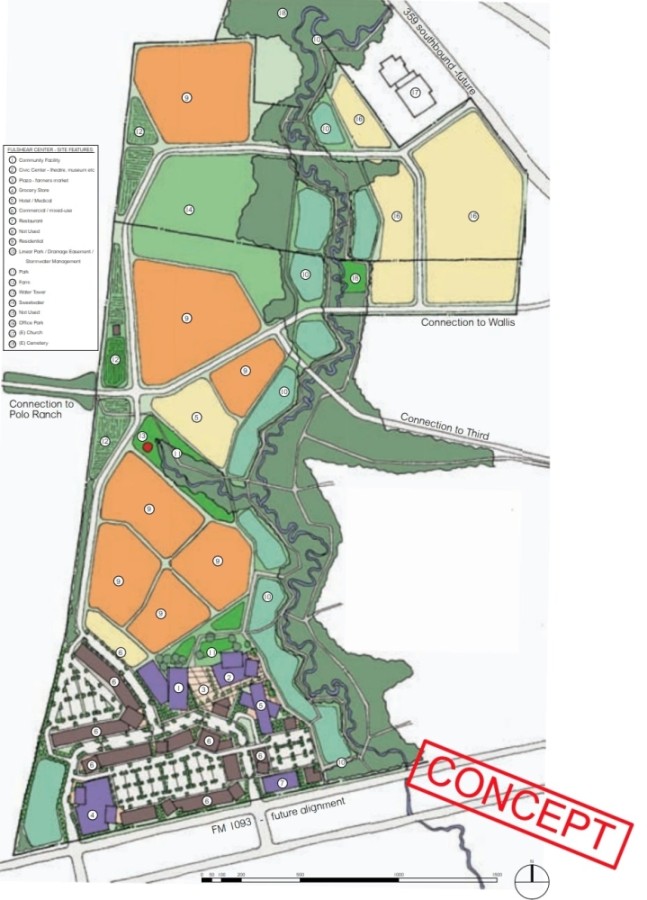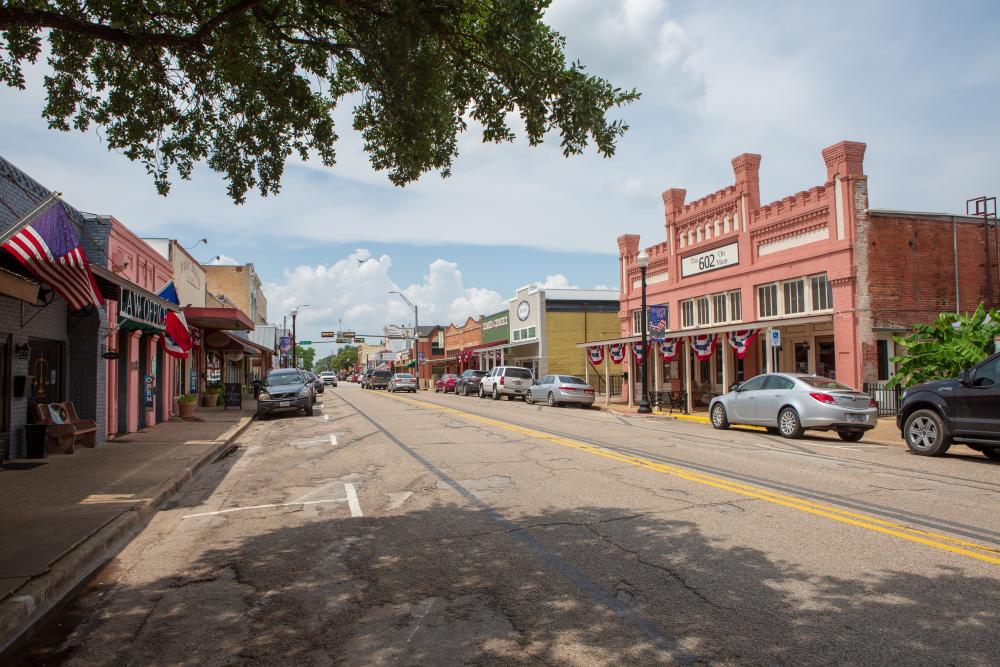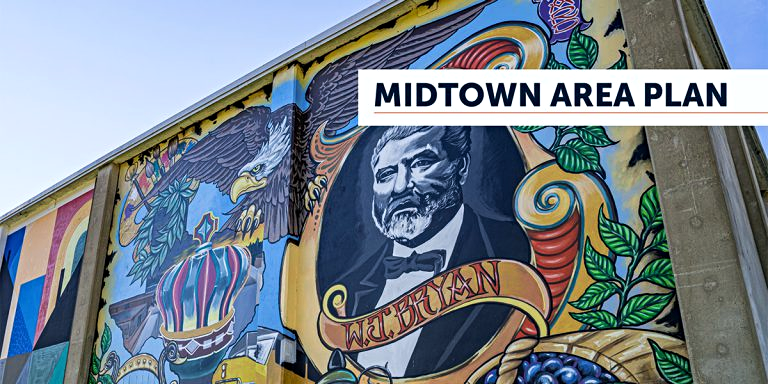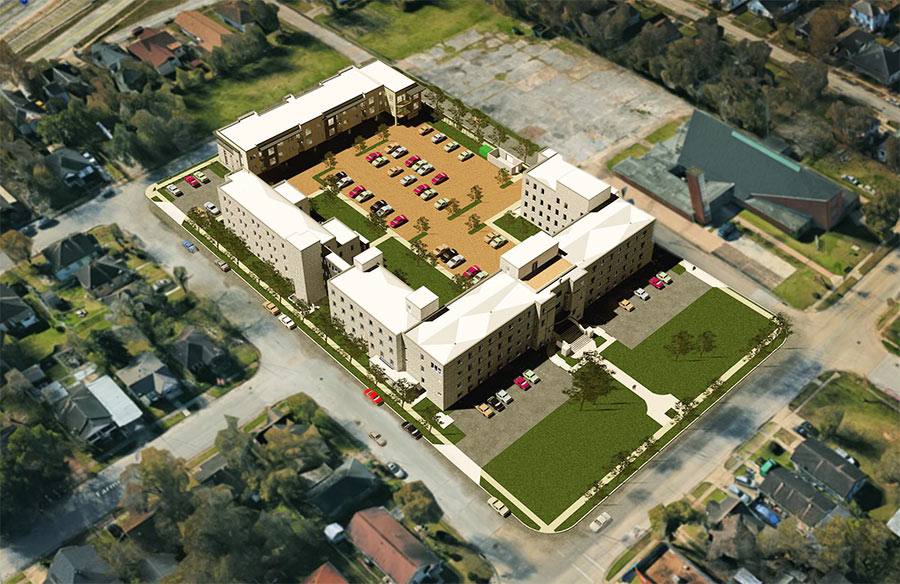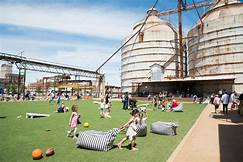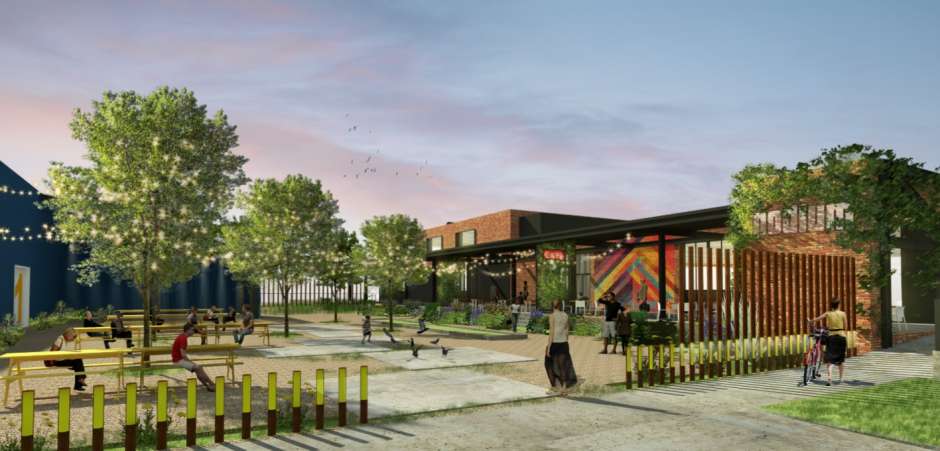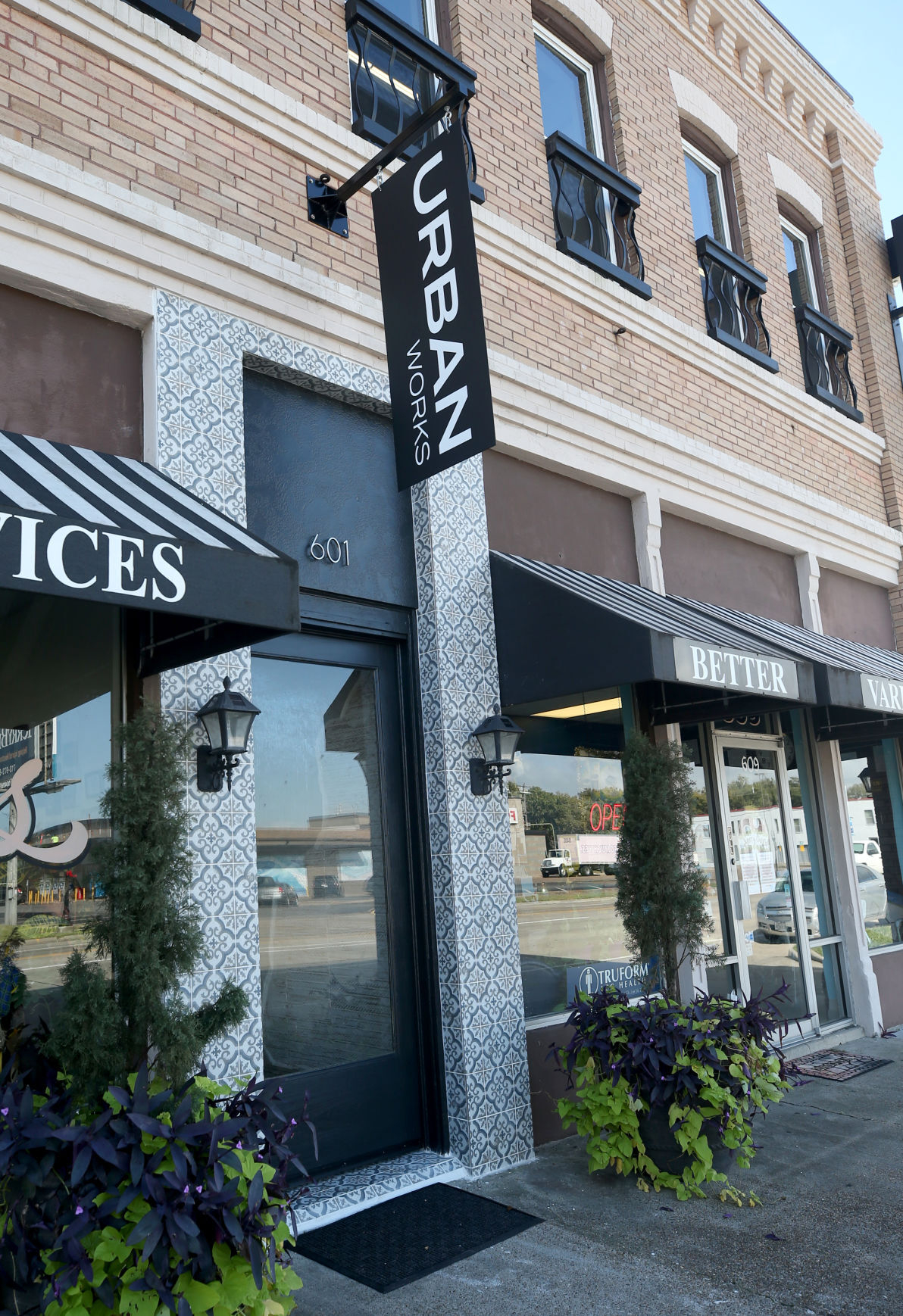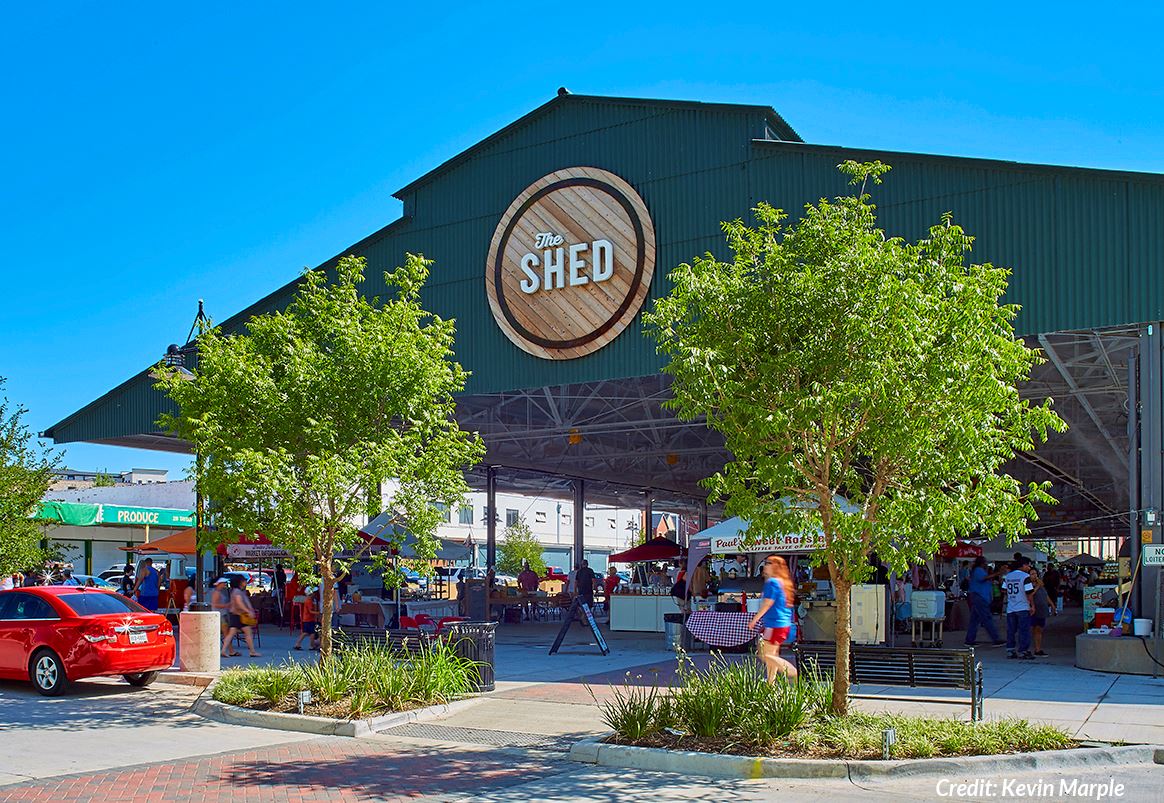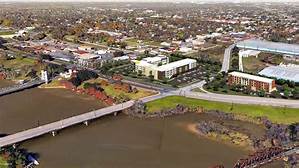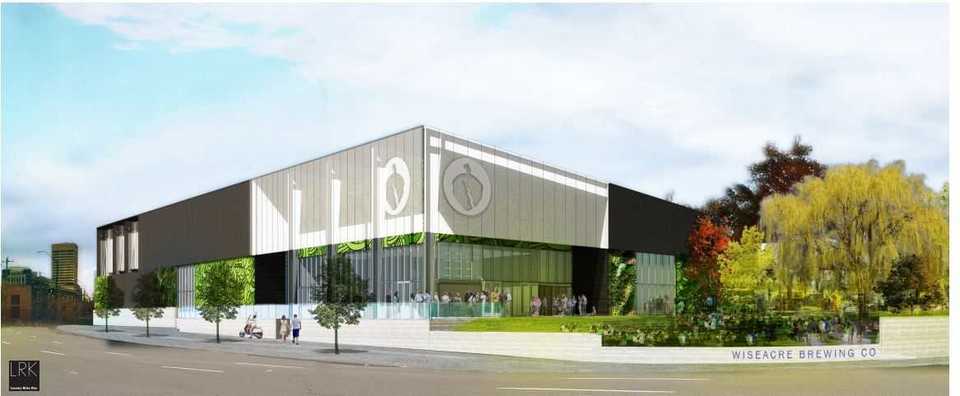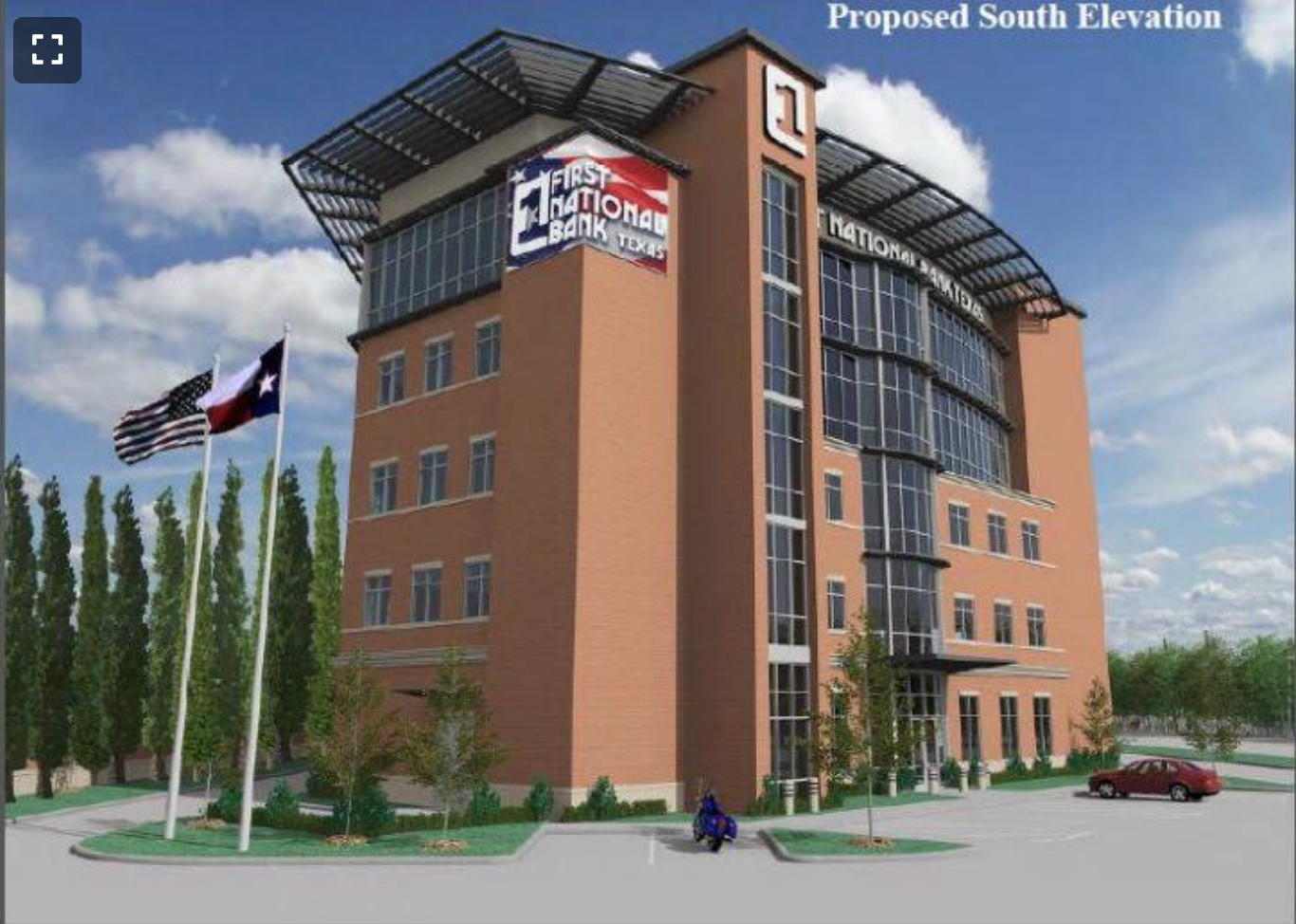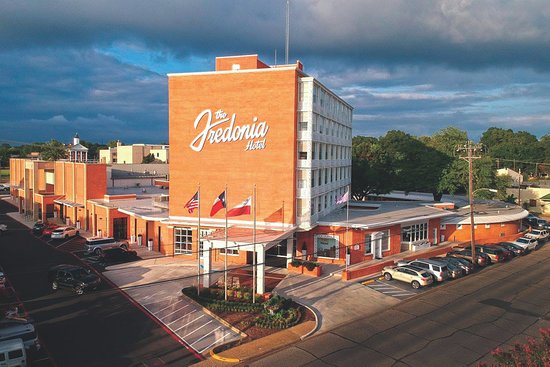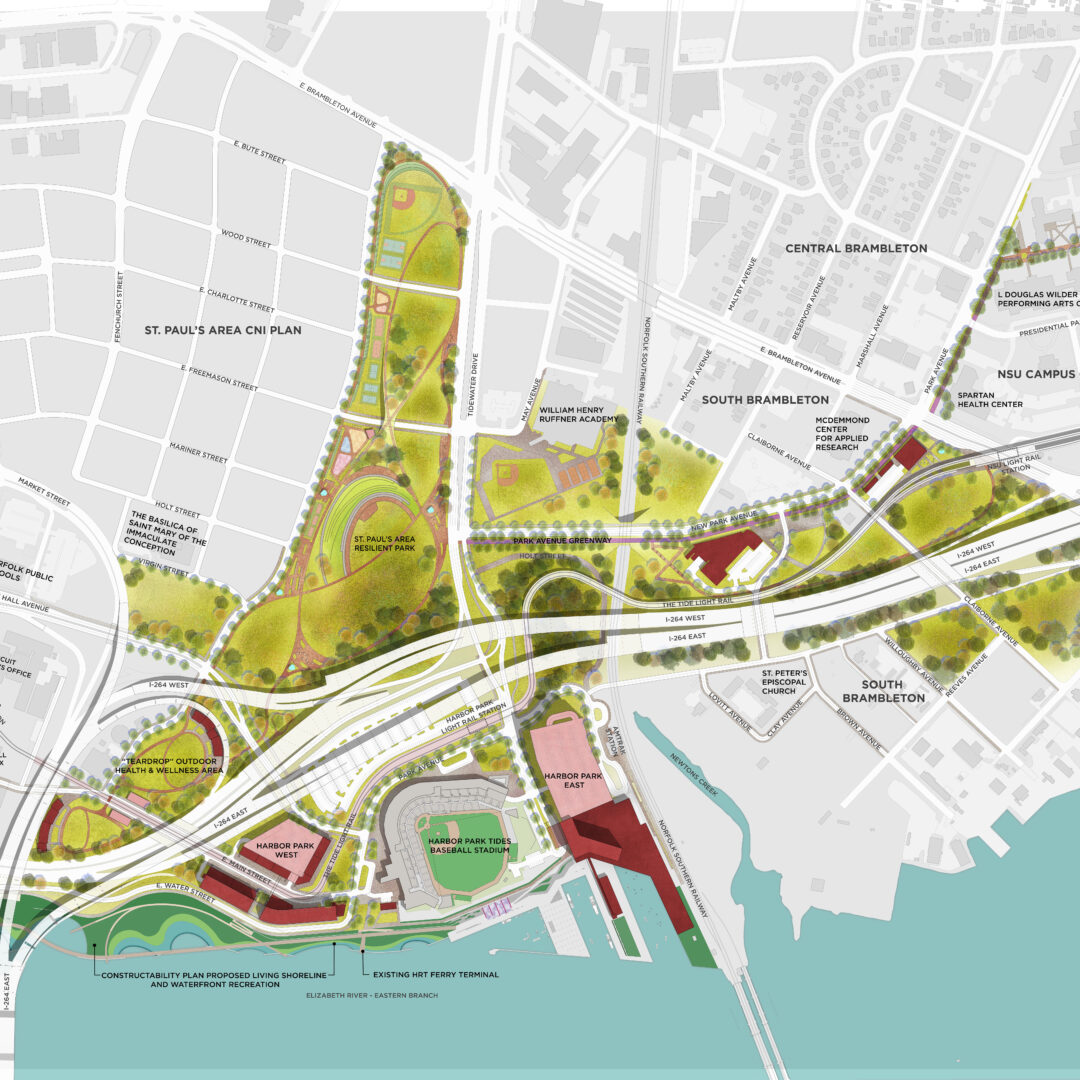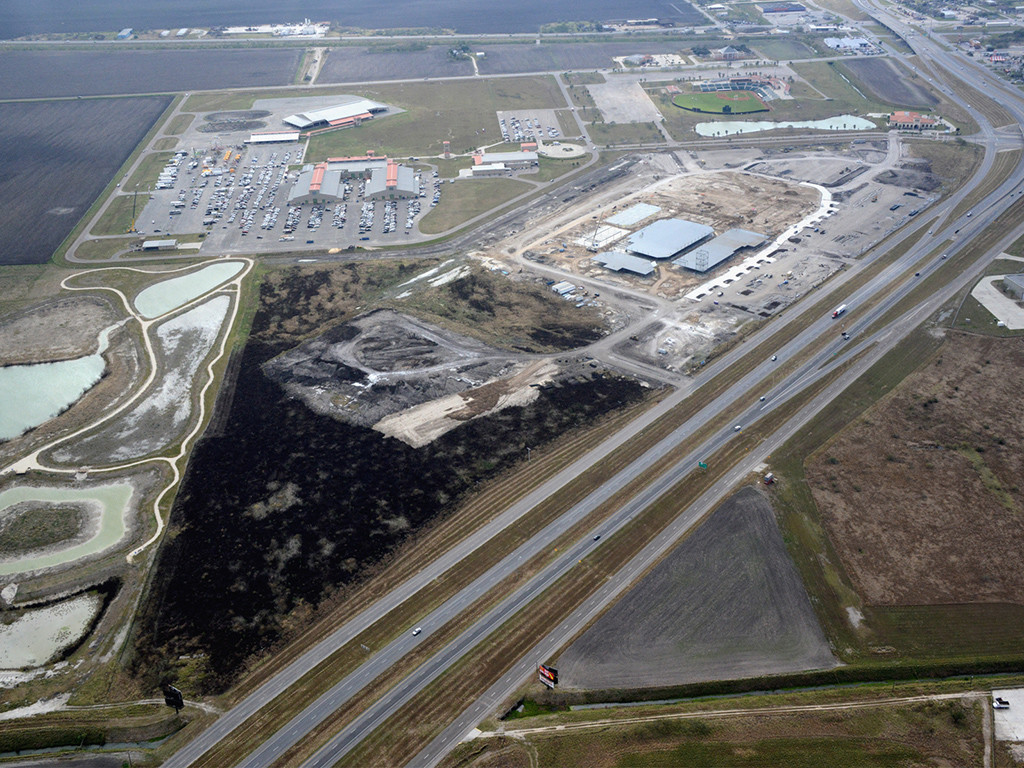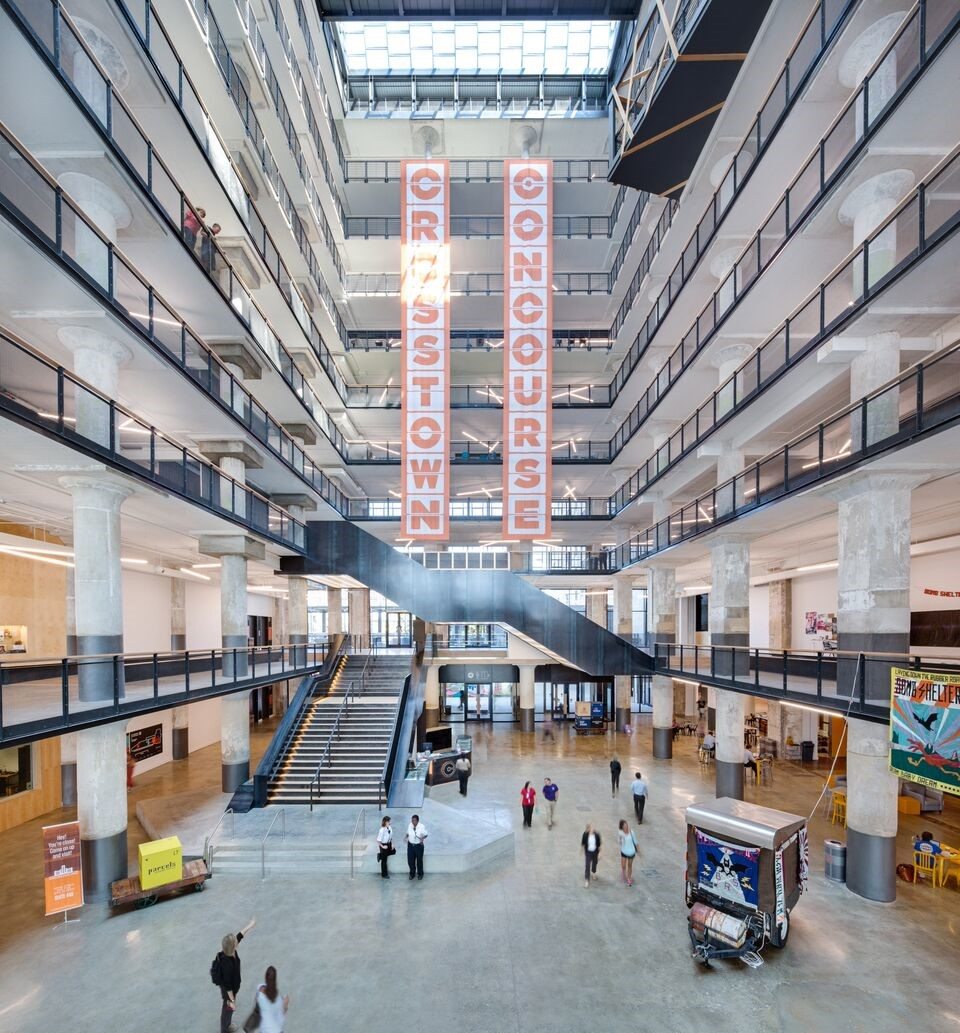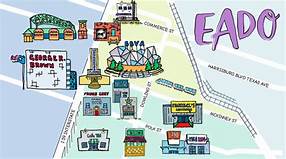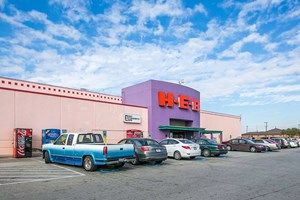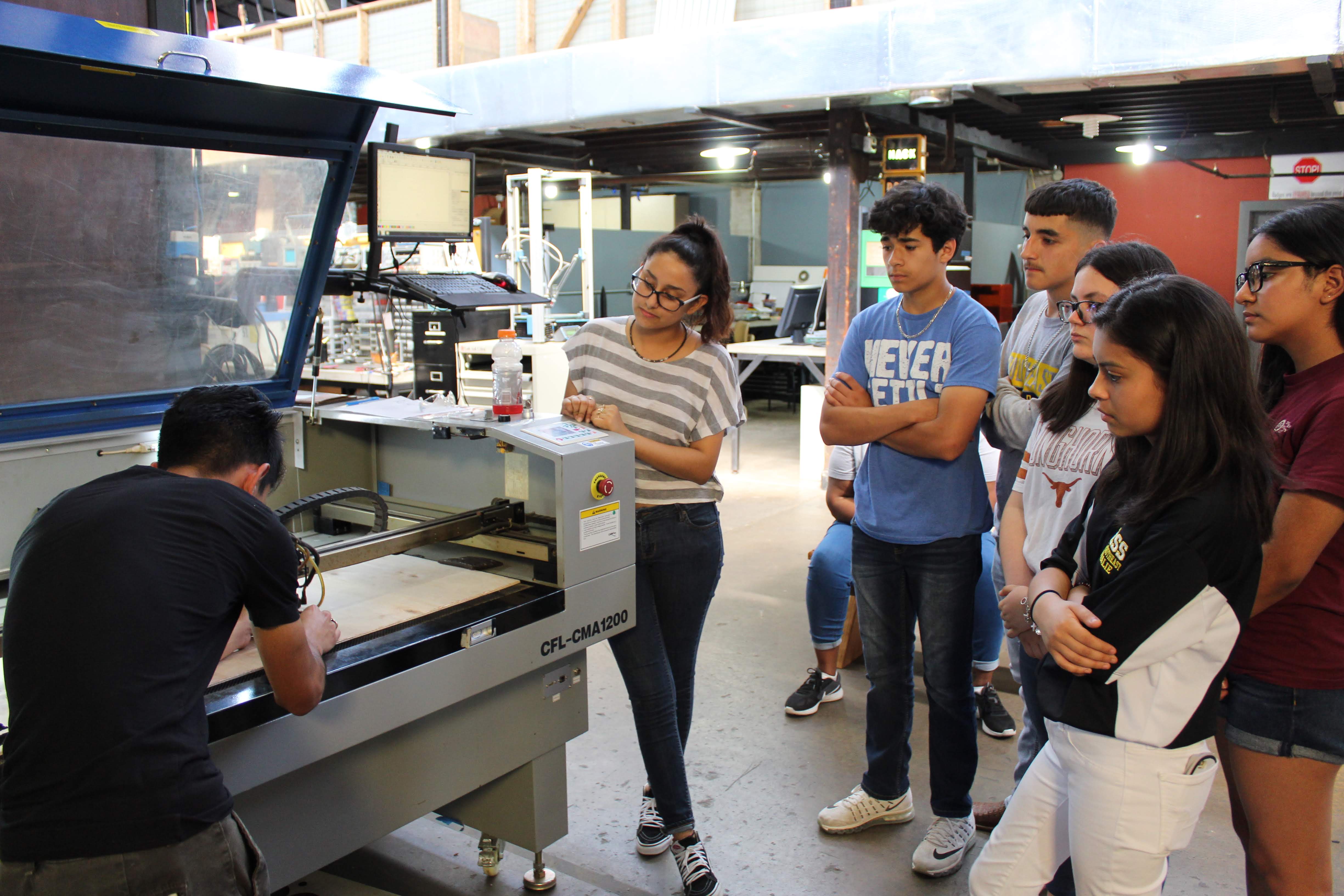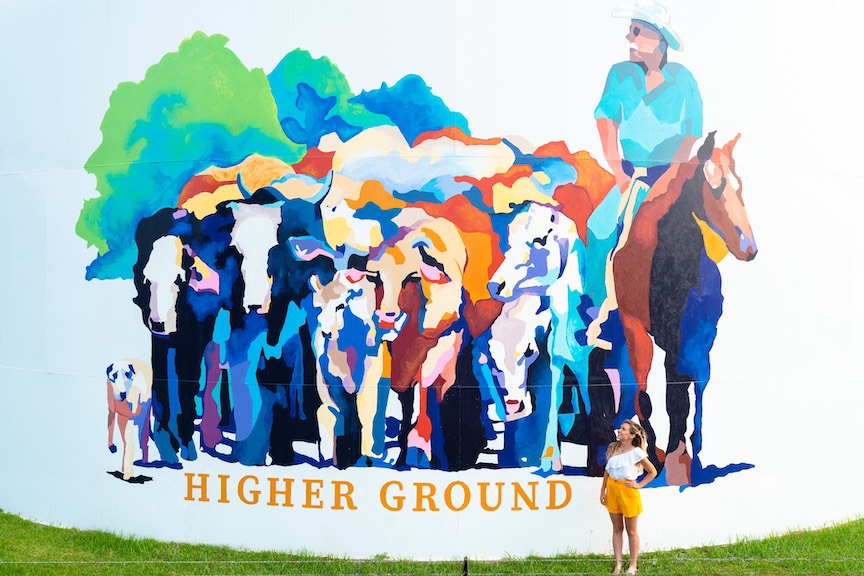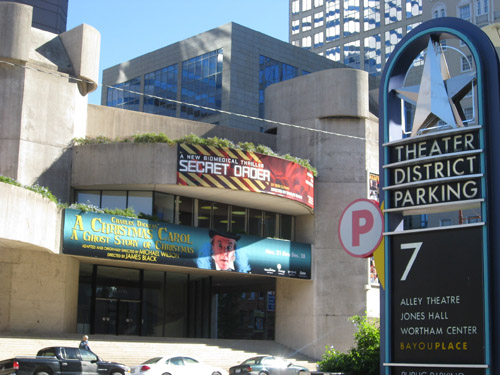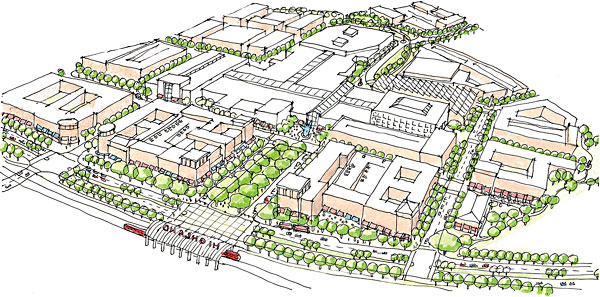On This Page
Increase Commercial Activity
Marketing Destination Districts

Action:
Within their Comprehensive Plan 2021, the City sets the framework to enhance local vitality, stability and sustainability for places of distinction. The plan strives to identify, create, conserve, and connect those areas that make College Station unique and contribute to the City’s character and sense of place.
Created By:
City, County
Implement In:
City, County
Small Business & Entrepreneurship Programs

Action:
Support local businesses and entrepreneurial ventures in walkable corridors through targeted temporary or permanent initiatives in retail, food & beverage, entertainment or boutique manufacturing. Ensure ordinances and permits related to bathrooms, waste disposal, frontage, signage, food waste disposal, and parking requirements allow for micro businesses, multi-tenant spaces, food trucks/commissary or pop-up concepts. As codes change with our understanding of health and safety concerns, support building owners their ability to access capital investment necessary to keep businesses in compliance.
Created By:
City, County, Economic Development Organizations
Implement In:
City, County, Districts
Examples:
Buffalo, NY (Pop-up Program)
Richardson, TX
Texas City, TX
Resources:
TCEQ Food Truck Compliance Resources
Texas Department of Health and Human Services
The Ultimate Guide to Pop-up Shops
Pedestrian-Only Facilities or Infrastructure

Action:
Increase commercial activity by incorporating design elements that allow for temporary conversions of existing right-of-way for pedestrian-only use or public events including: surface-mounted bollards, enhanced lighting, provision of free WIFI, and power outlets for special vendors like food trucks.
Include programming in partnership with local shops, non-profit organizations, artists and musicians. Modified parking arrangements during such activities can help gauge public sentiment and the feasibility of more permanent solutions.
These tools have also been leveraged for economic recovery and resilience efforts for small businesses and retail corridors during the Covid-19 pandemic.
Created By:
City, County
Implement In:
City, Districts
Examples:
Houston, TX (East End Management District)
Houston, TX (Main Street)
Houston, TX (Westchase)
Norfolk, VA
San Diego, CA
Resources:
Design and Planning: Bicycle and Pedestrian Program
Open Streets Guide
Activate the Ground Floor

Action:
Reduce vacancy or underutilization of land and buildings to create a more cohesive, continuously active environment for customers, residents and workers.
Support entrepreneurial ventures or increase demand for a space by encouraging owners to invest in the property to speed re-tenanting process. Active ground floors requirements can be permanent of conditional.
Created By:
City, County, Economic Development Organizations
Implement In:
City, County, Districts
Aesthetic Enhancements & Blight Reduction

Action:
Enhance the community’s “welcome mat” through litter removal, enforcing illegal dumping laws, reducing blight of unkempt buildings or graffiti. Wrap or fill empty or inactive facades, walls and windows.
Created By:
City, County, Special District
Implement In:
City, County, Special District
Wayfinding & Signage Programs

Action:
Steer vehicles and pedestrians to key destinations through a directional wayfinding and signage system. This design of signage is also an opportunity to highlight the community’s brand or historical or cultural identity.
Created By:
City, County, Districts
Implement In:
City, County, Districts
Enhance Quality of Place
Implement Public Infrastructure Design Standards

Action:
Demonstrate public commitment to investing in place through development of design standards for all publicly owned and managed right-of-way, infrastructure, sites and spaces.
Created By:
City, County
Implement In:
City, County
Promote Public Art & Culture

Action:
Promote and amplify the community’s creative endeavors through public art initiatives. Work with local artists to enhance private or civic assets on vacant walls or underutilized public infrastructure through small grants and specialized permits.
Public art enhances community appeal, promotes civic pride and can increase awareness of businesses, business districts or interesting public spaces which increases traffic counts and opportunities for capturing.
Created By:
City, County
Implement In:
City, County
Establish a Destination Festival or Event

Action:
Develop local brand identity and cultivate regional or national awareness through formation or expansion of destination events linked to cultural or historical community roots.
Designing events that coordinate parking shuttles, and plan for foot traffic in ways that allow activities to not compete with area shops or restaurants are ideal for keeping events within a downtown or commercial corridor context.
Created By:
City, District
Implement In:
City, County
Leverage Historic Assets

Action:
Protect landmarks, buildings and aesthetic features of historical importance and significance to promote economic, cultural, educational and overall welfare of the community. Historical assets are important reminders of area identity, place in time, and the events that shaped and continue to shape each generation.
Created By:
City, County
Implement In:
City, County
Site Development Regulations
Landscaping or Natural Elements Requirements

Action:
Include natural elements (landscaping, trees, green buffers, etc) as part of the site improvements required for receipt of development permits.
Natural elements can reduce flooding, make for a more pleasant pedestrian experience, increase property values, improve area water quality, and improve public safety by reducing the heat island effect of asphalt or concrete and other impervious surfaces.
Created By:
City, County
Implement In:
City, County
Building Line/Lot Line Modifications

Action:
Eliminate minimum lot sizes or lot line setbacks to allow for a range of building types to flourish in a commercial district.
Created By:
City, County
Implement In:
City, County
Reduce or Eliminate Parking Requirements

Action:
Grant parking exemptions and increase flexibility in adaptive reuse of existing structures by eliminating the need to demolish a structure to create a parking lot. Access to transit and community preference should be considered.
Created By:
City, County
Implement In:
City, County
Determine Boundary-Specific Regulation
Mixed-Use Zones

Action:
Refine land use development and associated developer expectation with zones, or boundaries which indicate a standard set of land use regulation practices for a certain area. Zoning regulates density and parking requirements, allotted and/or prohibited land uses, locations of buildings or parking relative to site boundaries or streets, facade requirements, or vertical mixed-use requirements as often seen in downtown business districts or revitalization districts. Mixed-use zoning allows for a mix of residential, commercial, and/or industrial uses in a single district. Mixed-use zones contribute to greater livability and a healthier local economy.
Created By:
City, County
Implement In:
City, County
Examples:
Pearland, TX
Fulshear, TX
Texas City, TX
Resources:
Sustainable Development Code
US Environmental Protection Agency
Form-Based Development Codes

Action:
Create a set of development types at the city block level that are always approved as-of-right based on desired density of activity and connectivity. Use the urban-to-rural spectrum of land development as a model to define all the allowed uses, building types, parking, and compactness of a space based on different types of human scale habitats.
Created By:
City, County
Implement In:
City, County
Permitting Live-Work

Action:
Allow owners the ability to convert square footage to productive or commercial uses within residential zones and structures. Live/work ordinances allow modest, low-impact business or commercial uses within a residence in a residential zone. Alternatively, they might allow some residential uses within commercial or industrial buildings and zones.
Disruptions from the coronavirus pandemic will likely send small business owners looking for less expensive commercial space located closer to worker’s homes. Allowing accessory commercial units offer flexibility that could help local businesses survive and retool their operations. [1, 2]
Created By:
City, County
Implement In:
City, County
Accommodating Light Industrial or Artisanal Manufacturing

Action:
Ensure downtown districts are accommodating to artisan or craft light industrial manufacturing and production types to add to the breadth and depth of small business types and to diversify the commercial tax base. Artisan manufacturers tend to produce and sell goods directly onsite in a manner that does not cause noise, vibration, fumes or other nuisances that might conflict with other residential, public or commercial uses and activities. Examples of artisanal manufacturing include: baking, coffee roasting, brewing, candle making, screen printing, glass blowing, decorative metal work, 3D printing and others.
Created By:
Developer, Non-Profit
Implement In:
City, County


